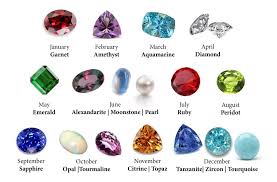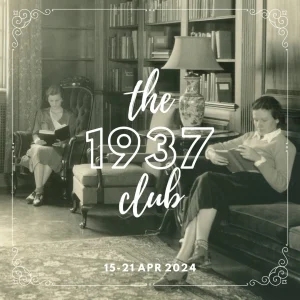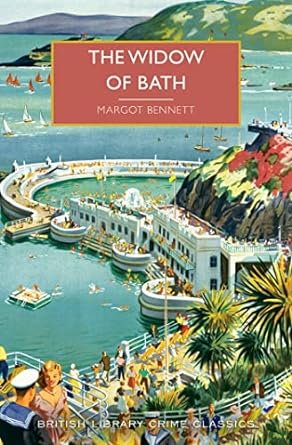E.C.R. Lorac (Edith Caroline Rivett) was a British crime writer who was a member of the prestigious Detection Club, an exclusive club for writers of detective fiction. The Detection Club was founded in 1930 by a group of British mystery writers, including Agatha Christie, Dorothy L. Sayers, and G.K. Chesterton, to promote the genre and encourage high standards of writing.
Lorac was admitted to the Detection Club in 1936, and she went on to write over 60 crime novels under her own name and the pseudonyms Carol Carnac and Francine van Eps. Her most famous creation was Chief Inspector Macdonald, who appeared in several of her novels set in London and the countryside.
Lorac’s writing was known for its strong sense of place and character development, as well as its intricate plotting and clever twists. She was exceptionally skilled at creating an atmosphere of tension and suspense, and her novels often explore the darker side of human nature.
Despite her prolific output and critical acclaim, Lorac’s work fell out of print in the years after her death in 1958. However, in recent years there has been a renewed interest in her writing, with several of her novels being reissued by the British Library Crime Classics series, including These Names Make Clues.
A deadly house party filled to the brim with literati is the glamorous setting of These Names Make Clues by E.C.R Lorac. Graham and Susan Coombes invite her intrepid Chief Inspector MacDonald to to attend a treasure hunt party at their house with the ‘literary set of the day” as they match wits against each other and Chief Inspector MacDonald to see who is the best crime solver of them all.
With all the attendees given famous literary pseudonyms and devilishly complex clues hidden throughout the house, Chief Inspector MacDonald must race against his unknown competitors to prove his investigative chops. Before the party, Chief Inspector MacDonald is nervous that he cannot keep up with the crime-writing attendees but can quickly and methodically make his way through the treasure hunt.
During deciphering clues, he watches his fellow attendees and attempts to figure out their true identities; he even makes a few allies and begins to have a good time at the party in earnest. However, after the lights in the house go out, and all of the attendees, save one, are uncounted for, he begins to feel unease.
The missing attendee is found dead in a room none of the clues lead to, and now the actual hunt is on. Chief Inspector MacDonald must discover who killed the man and why. When the man’s publisher also is found dead in a bizarre fashion in a locked room, Chief Inspector MacDonald must find out if the crimes are connected and how.
Chief Inspector MacDonald is not alone in his endeavors to solve the murders. Aided by years of crime writing, wit, and fueled by rumors, his fellow detective fiction writers from the party each set out to solve the crime for themselves. Their efforts, help, and hindrance keep the case murky as their paths crisscross all over England while looking for clues. The most significant indication is in the pseudonyms given to each party-goer- can you unravel the mystery before Chief Inspector MacDonald?
This was a really great book about the chase of the criminal, and any time things started to flag, there were lots of little side quests such as the true identities of the partygoers, what relationships exist between them, and a cheeky little locked room mystery about the death of the publisher. It is such a treasure trove of goodies that I am sure if I reread it, there will be more exciting details that I missed.
The solutions to all the mysteries have a heightened, almost zany quality, reminiscent of John Dickson Carr’s writing. Some solutions stretch the bounds of reality a bit- but who says fact should get in the way of a good story? And this is an outstanding story.
With most of the principal characters being mystery authors, there is a lot of window dressing about the struggles and ambitions of authors. You get a peak into what motivates, disgusts, and titillates them. You also get poignant commentary on how fame and money impact their lives and how even the most successful women authors are crushed by the patriarchal publishing system at the time. Her depictions are thinly veiled caricatures of her fellow Detection Club writers, and it’s not a giant leap to say the struggles faced by the characters were probably true.
This is a rich story with several fun and engrossing mysteries and I highly recommend it. You can join the treasure hunt too, by getting a copy of These Names Make Clues by E.C.R Lorac from Amazon here.






Leave a comment